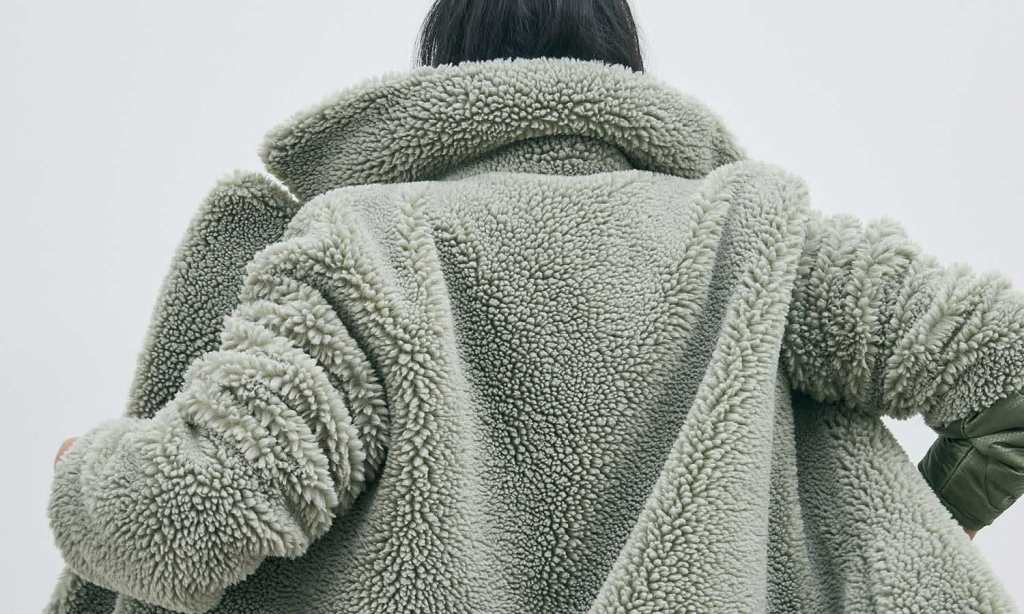Sustainable fashion is no fleeting trend. Everywhere, all over Australia and around the world, style-savvy consumers are prioritising sustainable clothing labels over fast-fashion brands, on a collective mission to reduce carbon emissions and contributions to landfill, the metrics of which would likely shock you.
Every year, the fashion industry contributes 1.2 billion tonnes of carbon into the atmosphere, during which time 17 billion tons of unwanted textiles are also sent to landfill. Something needs to change, and thankfully, more and more brands are setting eco-centric goals that will move the needle and result in a more sustainable fashion industry.
Melbourne fashion label, Friends With Frank (FWF), is one such brand. The luxury outwear label has set commendable sustainability goals in place and works towards a design philosophy to create classic, everlasting pieces that transcend trends. It’s just one way to be sustainable, but it’s not the only initiative the brand has in place.
Shopping for sustainable clothing has its challenges. A brand may call itself conscious or eco-friendly, but it may only be referring to compostable postage bags by which they deliver clothes that may not be ethically or sustainably made. Wading through the terminology can be tricky if you’re not sure what these words actually mean, and so to help, we reached out to Julia McCarthy, Friends With Frank‘s founder, to translate the common eco-terminology you may be coming across.
Slow fashion
“Slow fashion is the antidote to fast fashion. It encompasses a more responsible approach to fashion that respects ethics and the environment. To us, it means slower production — smaller runs, fewer styles and less frequent collection launches than a traditional, seasonally-driven fashion calendar. It also means slowing down your fashion consumption, and then consuming thoughtfully and consciously when you do,” says McCarthy.
Essentially, less is more, and quality trumps quantity, always. “Creating garments that will stand the test of time (through combining premium materials, quality craftsmanship and timeless design) is how we live a ‘slow fashion’ life.”
GOTS-Certified
The Global Organic Textile Standard (GOTS) is the world’s leading textile processing standard for organic fibres. “GOTS is an independent certification that takes into consideration every step in the supply chain, from the growing and harvesting of the raw materials, through to environmentally and socially responsible manufacturing and labelling. By purchasing an item that’s GOTS-certified, you can be confident in knowing that zero harmful chemicals are used at any stage of the production process,” says McCarthy.
Friends With Frank uses GOTS-certified organic cotton for its Classic Tee and Classic Tank.
OEKO-TEX® Certified
OEKO-TEX® ensures consumer safety from harmful chemicals. “Put simply, OEKO-TEX® certified fabrics are free of hazardous chemicals and are therefore deemed safe.”
Keep an eye out for OEKO-TEX® certification in the product descriptions when shopping. The pure cashmere Olivia Scarf from FWF is OEKO-TEX® certified, as are some clothing items from NZ label Allbirds.
Sustainable
It’s a broad, all-encompassing term, McCarthy says. “It is no small claim to deem something as ‘sustainable,’ and the overuse and misuse of the term has led to confusion around what it really means.
“To us, being ‘ sustainable’ is to live and conduct business in a way that can be continued or sustained within the natural boundaries of our planet. It relates to the fabrics and fibres a garment is made with, the impact they have on the earth — from how they’re farmed, to what happens to these fibres at the end of their life.”
Sustainable as a term in fashion also relates to the health and welfare of a brand’s workers, and includes the responsibility taken in sourcing and manufacturing to reduce additional impacts, such as energy use in a factory.
Nano-Wing®
Perhaps a little less familiar to you, Nano-Wing® is a patented Japanese fabric treatment. “Nano-Wing® fabrics are perfectly suited to outerwear, as they’re durable, oil and water-repellent, stain-resistant and quick drying,” says McCarthy. It’s a practical textile in that it ensures breathability and durability over time.
Natural Fibre
Natural fibres are durable, breathable and beautifully textural, hence why they’re becoming increasingly favoured with eco-aligning brands. “Each natural fibre has its unique properties, from being hypoallergenic and antibacterial, to naturally insulating and odour-resistant.
“Another benefit of solely using natural fibres, is that they are biodegradable. They break down naturally, and return to the earth at the end of their life without contributing to landfill,” says McCarthy.
Natural fibres may include 100% Australian wool, luxe wool-cashmere blend (like the Camilla Coat from FWF), or merino wool, cashmere, cotton, yak and alpaca.
Circular
A circular economy is based on the concept of eliminating waste, says McCarthy. “It encourages keeping items in circulation, via repair, reuse, recycling — to keep as part of a closed-loop system. It really highlights the importance of designing garments with longevity in mind.”
A garment that’s made with circularity in mind may be constructed of recycled textiles, like recycled polyester made from plastic waste that would otherwise end up in landfill or our oceans. “Recycled polyester uses significantly less energy during production than virgin polyester, and it can also be recycled over and over again.”
Biodegradable
Biodegradation is a natural chemical process in which materials are being transformed into natural substances such as water, carbon and biomass with the help of microorganisms. The process of biodegradation depends on the environmental conditions as well as on the material or application itself. As such, the process and its outcome can vary considerably.
FSC Certified
Some products may have a FSC certification stamp. FSC is the Forestry Stewardships Council. It’s an independent, non-governmental, not-for-profit organisation established to promote the responsible management of the world’s forests. Look for FSC certification which guarantees that the FSC-labelled product has come from a forest and supply chain that is managed responsibly. Its mark is internationally respected.
Read more stories from The Latch and subscribe to our email newsletter.







